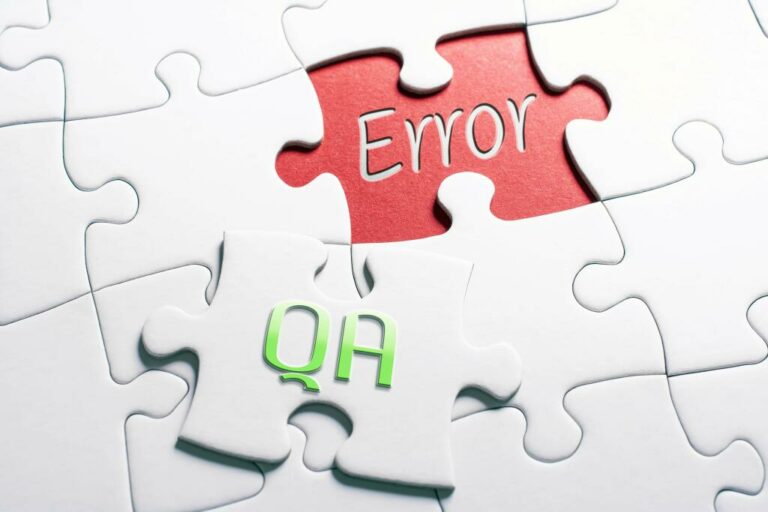The definition of a feature in FDD is a bit wider and resembles user stories in other agile frameworks. An example would be “complete the login process.” They need to be broken into smaller tasks for the development teams to complete. A chief programmer selects a small group of features that are to be developed within two weeks. Together with the corresponding class owners, the chief programmer works out detailed sequence diagrams for each feature and refines the overall model.
The development team is entirely responsible for developing and maintaining the feature, which makes them care more about the quality and the result. Delivering complete features frequently allows the end users to access them earlier, making them more satisfied with the whole process. It also allows for better, earlier, more frequent feedback — which allows developers to address potential concerns or add improvements faster. Next up is the feature list, one of the most fun parts of the entire process. This is the point where the entire project is split into many small features which will then be completed separately. Another, less obvious, differentiation is that FDD is more customer-centric, as everything is developed with the end user in mind.
Feature Driven Development Disadvantages Are:
A feature team is a small, dynamically formed team that develops a small activity. Multiple minds are always applied to each design decision, and multiple design options are evaluated before one is chosen. The head architect is responsible for the overall design and modelling of the new system. During the development phase the head architect works closely with the other developers.
However, keep in mind that in this approach the methodology, on a great portion, relies on the chief developers. It is to say that a top-down approach is used while decision making. If such a methodology fits the company culture, then FDD is surely worth a try. The last step is to put all the necessary items into action in order to support the design. In other words, once your team developed, tested and inspected the code, it is time to start developing the software. Perceptual mapping is the visual representation of consumer perceptions of brands, products, services, and organizations as a whole.
Kanban 101: Supercharge your team’s productivity
It isn’t uncommon for the chief programmers to switch out one or more team members for the next feature, ensuring that the team has all the necessary skills to get the job done. Each team starts working on its assigned feature/class from start to finish. Once the feature is assigned, the team gets complete ownership.

Playing multiple roles in a large size project is an issue as it increases the chances of human mistakes. In addition to the above, developer experience varies, and this makes the team better. Above all, it provides better learning opportunities for other team members. Moreover, the Class owner does the Design and then design the inspection of each class.
Best practices for feature-driven development
This person also defines the feature priorities and determines who will be involved on the feature team. A design review needs to be completed by the whole team before moving forward. The domain expert is a member of a team that understands the problem that the customer needs to be solved. The developers rely on the domain expert’s knowledge to ensure that they are working and delivering what is most important to the customer. The chief programmer is responsible for forming the teams and deciding which members are assigned to which features.

It helps in tweaking the errors and enhancement of the product. This model works like a draft layout that reflects the project’s core idea. In the following point, we will discuss the five stages of FDD in detail. When it comes to user feedback, you can collect it either actively or passively. They also amend the story map with more details, such as deadlines for each of the features. Unsure where to start when it comes to standardizing your organization’s machine learning processes?
What is the Feature Driven Development methodology?
Create feature list and for thatThe team breaks down the domain into a significant feature set. After that, splitting of those sets into small feature sets takes place. Firstly, creating a what is feature-driven development Domain object model using object modeling with their domain experts. In addition to this, they take guidance from the Chief programmer and send progress reports to the Development Manager.
- The goal here is for everyone to have a common understanding of what the feature will do and how it will do it.
- The left side of the metadata model shows the five basic activities involved in a software development project using FDD.
- Teams can collect active and passive feedback to identify the new features to develop.
- The President remains committed to providing relief to low- and middle-income borrowers.
It’s essential to consider the team workloads, risks, and other essential aspects to prevent any complex issues from arising. In FDD, individual team members will be assigned to https://www.globalcloudteam.com/ a particular feature, but small feature teams will also help make design decisions. FDD is a solid alternative to the more well-known Agile frameworks such as Scrum and Kanban.
What are the Stages of Feature-driven Development?
Therefore, the project owner can’t get proof for their software. As the name implies, it’s a feature-focused method (as opposed to the delivery-focused method). Features are a foundational Feature Driven Development piece. FDD values documentation more than other methods , which also creates differences in meeting the roles.

As with other Agile methodologies, FDD allows teams to ship features quickly, but it’s more suitable for larger and long-term projects and big teams. This is possible because detailed documentation helps keep larger teams aligned. Teams should use the overall model to identify which features will be required. Individual class ownership means that distinct pieces or grouping of code are assigned to a single owner. The owner is responsible for the consistency, performance, and conceptual integrity of the class.
What is the main difference between feature-driven development and Scrum framework?
In Scrum, teams typically meet on a daily basis; in FDD, teams rely on documentation to communicate important information, and thus don’t usually meet as frequently. Moreover, FDD is an excellent solution for big and complex projects, especially in critical situations. It also offers a team an opportunity to regularly keep their projects up-to-date, observe any errors, and provide users/clients with valuable information at any time. FDD specifies the engineering practices, i.e. design/code, inspections, and tests, whereas Scrum doesn’t specify any particular engineering practices, although parts of XP frequently use. FDD is domain-driven, while Scrum focuses on producing vertical slices of functionality accepted by the product owner.
